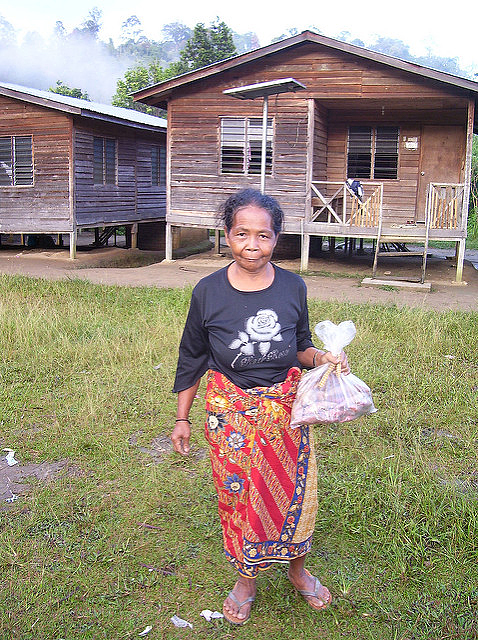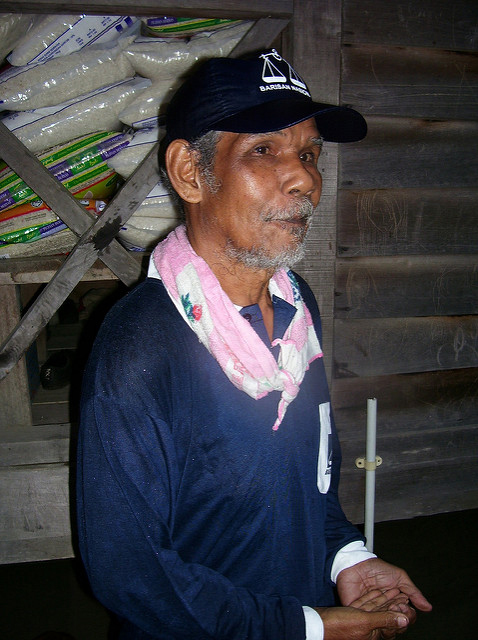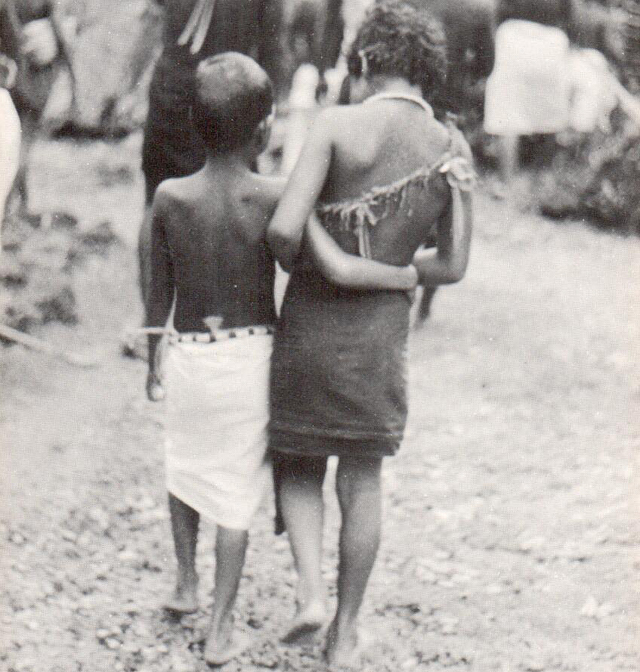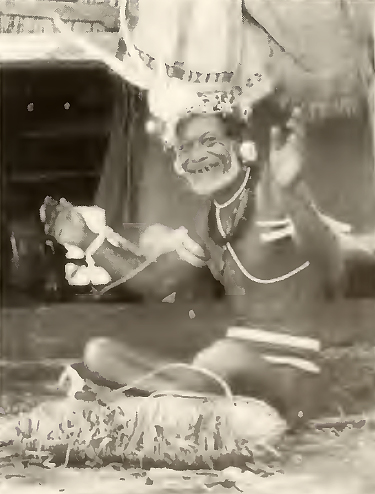Tomorrow, February 14, people in the United States and many other countries will celebrate Valentine’s Day, not as an official holiday but as a folk celebration of romantic love. If you can ignore the commercial aspects of the occasion, this unofficial holiday celebrates the love among couples that can foster nonviolence. For an advocate of peace, Valentine’s Day is more enjoyable than some official holidays that tend to promote militarism and possible warfare.

(Photo by oddharmonic on Flickr, Creative Commons license)
The question for this website is, how do the various peaceful societies view romantic love? A number of anthropologists who have studied these societies have touched on marriage patterns and relationships between lovers; at least two have gone into some detail about those issues. In the spirit of St. Valentine, it is worth examining the different approaches that the Semai and the Ifaluk take toward romance. And the second question is, how do their views on love relate to their peacefulness?
In 1981, Clayton Robarchek published an important article that included a discussion of love among the Semai entitled “The Image of Nonviolence: World View of the Semai Senoi.” He analyzed the Semai responses to sentence completion tests, which showed that the answers all clustered around two primary values—affiliation and nurturance. He defined affiliation as maintaining harmonious interpersonal relations, while nurturance meant supporting others physically, materially, or emotionally with both a giving and receiving spirit.

Robarcheck explained that some Semai concepts include both nurturing and affiliating meanings, such as their word hoo’, which could be translated as “love.” To outsiders, hoo’ is a word of affiliation, but to the Semai the concept also includes nurturing values. The sentence completions by the Semai show that they do not think of goodness and badness in people as direct opposites. They think of goodness as positive nurturing behavior—helping, giving, loving, making friends. They define badness as the presence of negative affiliation behaviors such as slander, gossip, ignoring advice, fighting, hitting, and stealing, much more than the absence of nurturant behaviors—the absence of helpfulness and giving. In essence, their concepts of good and evil lie on opposite poles of different, but overlapping, dimensions.

Five years later, Robarchek published another article (1986) that expanded on the points he had made earlier. In a sentence completion test, he asked his Semai subjects, “More than anything else, (s)he is afraid of …” The most common response was “becoming embroiled in a dispute,” a reply that was more frequently given than fears of tigers, spirits, and death combined.
He wrote that relations between spouses ideally are conceived of in terms of nurturance and dependence. Wives and husbands should feel hoo’ toward one another, though the connotations of protecting, nurturing, cherishing, and supporting are emphasized as well by the word. The most common response to the question, “More than anything else (s)he worries about…” was “rejection by his/her spouse.”

The Ifaluk also value the concept of close love among romantic couples and, like the Semai, their concepts are quite different from those held by Westerners. In her 1988 book about the Ifaluk, Catherine Lutz described how they think of fago (compassion/love/sadness) as a link between the needs of one person and the nurturing feelings of others.
For instance, a woman expresses fago for the singer on the radio; a man indicates his fago for his son, and reprimands his brother because of his drinking, that he doesn’t fago his own life. Ifaluk personal names include the word: Lefagochang (love and generosity), Fagoitil (love quickening), Lefagoyag (love binding), Fagolimul (love and generosity).
And answering our second question above, Lutz writes (p.136) “fago is also seen as an emotion that can prevent violence.” The concept implies a feeling of love for the potential victim of one’s anger, which short-circuits violence. Children are raised with the constant feeling of fago for other children: when a toddler picked up a piece of coral and made a threatening gesture toward another, the adults nearby immediately called out the need for him to fago the other kid.
The Ifaluk fago people because of their exemplary behavior as well as because of their needs or their being in danger. They particularly appreciate a person who is maluwelu (calm, like the water in the lagoon), since that individual is gentle, compassionate, and does not frighten others. The calm person is giving, which should be reciprocated with fago (compassion) as much as needed. The maluwelu person creates fago in others.

The emotion of fago is only brought to full flower by understanding and intelligence, by the mature ability of people to understand their language and social system. In fact, fago is linked to power: the higher one’s position in the social hierarchy, the more one is expected to fago others. The chiefs fago precisely because they are intelligent and mature. Their fago is measured by the extent of their nurturance, by their well-behaved, calm demeanor, and by their gentleness.
It would be inaccurate to try and generalize a way to promote peacefulness among the peoples of the world from the values attached to hoo’ and fago by the Semai and the Ifaluk. But it is clear that these two highly peaceful societies attach a lot of meanings to the concepts of romantic love. Perhaps we should hope that instead of valentine’s cards, boxes of candy, and bouquets of flowers to celebrate this special day among people, Americans might begin to associate words like fondness, devotion, and peacefulness to February 14. We don’t need to adopt the terminology of the Semai or the Ifaluk, but we could try to emulate the ways they tie love to their creations of nonviolent societies.